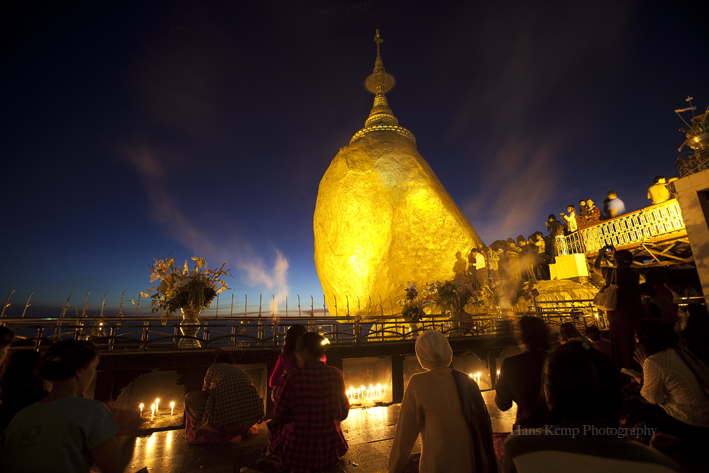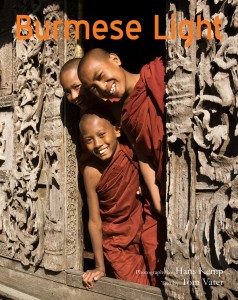The new light of Burma

Picture credit: Hans Kemp/Burmese Light
Visionary World from Hong Kong is about to release “Burmese Light”, a pictorial travel book assembled by photographer Hans Kemp and travel writer Tom Vater. The project is an attempt to capture the current changing situation of Myanmar, a country that, despite its troubled past, is making waves within travelers, researchers and scholars alike. I decided to ask some questions regarding the project – to hit the streets in May 2013 – to Hans Kemp, who has traveled the country on and off the beaten track and has packed this book with some incredible pictures. They will definitely intrigue and inspire many to follow his Burmese footsteps…
Why did you decide to capture a visual/textual snapshot of Myanmar at this present time?
Hans Kemp – I have been publishing illustrated books for a long time and the idea of doing a book on Myanmar has been there a long time. What made me decide to do it now was a combination of a growing interest in the country and therefore a better economic prospect for a book and the realization that Myanmar could soon be caught in a maelstrom of “progress and destruction” with the loss of old architecture and customs, to make place for high rises and KFC.
You have known Burma through the years. How do you think tourism and related modernity is impacting the country, positively and/or negatively?
Hans Kemp – The double edged sword of tourism. It can cut away the isolation of the people, perhaps provide opportunities for a better or at least more prosperous living, but at the same time it will likely cut the genuineness and openness of the people. At the moment the infrastructure is not ready for a large influx of visitors, hotels are raising their prices to absurd levels thereby attracting only the kind of tourists that can afford the high prices and they bring their own particular demands. Ultimately it doesn’t matter what I think will be the direction of the development but how it is perceived by the local people. The ones without connections to the powers that be, will their life improve? And not only on a materialistic level. I don’t see a Starbucks or a KFC as an improvement over a cup of tea with a freshly baked paratha sipped and eaten while seated on a plastic chair on the corner of Mahabandoola and 30th in downtown Yangon. I really hope Yangon isn’t becoming “boutiquesized” but I guess it is inevitable.
 In the book, you are using citations from other writers/adventurers who visited or lived in Burma throughout the past few centuries. Why did you go for such a choice?
In the book, you are using citations from other writers/adventurers who visited or lived in Burma throughout the past few centuries. Why did you go for such a choice?
Hans Kemp – To add some observational flavor. To let the readers realize the country has already changed in many ways, as a prelude for what is to come. Perhaps a nostalgic longing on the part of myself to have lived in those days, when to travel was a verb. Many of the descriptions are quaint, patronizing even yet they have a quality transcending time. Especially the way Orwell describes the changing seasons in Burmese Days, it is superb.
How did you choose the locations for you pictorial reports? I see there is a balance between established mass-touristic destinations, and more remote places.
Hans Kemp – Myanmar is huge, there are the “must sees” of course that belong in this kind of book but there is so much more. I only touched on some of the more remote corners and in a way didn’t want to put them in the book as sooner or later, they will become mainstream. I’d rather have that happen later but as it no doubt will happen I decided to show my impression of some of those places as they are now not knowing if I will, or even want to, return.

Category: Asia, Destinations, Travel Writing